Everything You Need To Know About Yoni Eggs

Guest blog, written by Vanessa Cuccia, Founder of Chakrubs.
Yoni eggs were not part of the original Chakrubs collection. In the early years of the brand, most conversations about these tools centered on the idea of “tightening,” a narrative rooted in performance and correction. That language didn’t align with Chakrubs’ intention, which has always been about reconnecting with sensuality, self-trust, and pleasure rather than striving to improve or control the body.
As the brand evolved and became a trusted source for crystal intimacy tools, requests for yoni eggs began to grow. When Chakrubs introduced them, it did so with purpose and care. These tools were not presented as fitness devices, but as symbolic objects and ritual companions.
To wear a yoni egg without urgency or goal, simply because it feels good or meaningful, is an act of reclamation. The practice can feel frivolous in the most healing way — a small gesture of sacred adornment, a secret connection to one’s own inner magic.
Traditionally carved from jade, yoni eggs invite engagement of the pelvic floor through gentle resistance. As other crystals entered the practice, their energetic properties became part of the ritual. A rose quartz egg might infuse a self-love meditation. An obsidian egg might support emotional release. The practice becomes less about effort and more about presence, a quiet devotion to what is already within.
As Chakrubs began offering yoni eggs, many customers shared their experiences. Some were drawn to the practice for emotional reasons — the act of holding a small, beautiful piece of ancient earth inside the body felt symbolic and grounding. Others were curious about the physical impact, and how the ritual might support pelvic awareness, postpartum recovery, or deeper intimacy.
While these eggs are not medical devices, some users have reported noticeable shifts — more intense orgasms, greater sensitivity, and a renewed connection with the inner body. One customer shared that she wore her egg each evening while doing the dishes, gradually rebuilding strength after childbirth. Another recounted an experience where her partner used the egg externally, describing the orgasm as one of the most powerful she had ever had.
The point has never been that yoni eggs are necessary. They aren’t. But their value may come from precisely that. They are not utilitarian — they are poetic. Not about fixing, but about feeling. For some, the practice taps into something forgotten but familiar, a sense of enchantment and inner beauty that is too often lost in conversations about health.
Whether someone is drawn to the energetic properties of the stones, or simply enjoys the quiet ritual of incorporating the egg into a personal practice, the feedback remains consistent: this small object can hold a surprising amount of meaning.
1. What Are Yoni Eggs?
Yoni eggs have gained popularity for a variety of reasons. Traditionally, they’ve been associated with post-childbirth recovery, helping women regain control of their pelvic floor muscles. But the truth is, yoni eggs can be beneficial for anyone with a vagina, regardless of their life stage. They’re often used for pelvic floor exercises, similar to kegels, which can lead to stronger, more intensified peaks of pleasure. Beyond the physical benefits, they offer something even more profound—a chance to reconnect with your body and your own source of power.
2. How to Insert a Yoni Egg
Inserting a yoni egg is a simple but intimate process. Here’s how you can do it:
-
Position: Place the egg with the larger end facing your cervix.
-
Relax: Take a moment to relax your muscles and breathe deeply.
-
Insert: Gently guide the egg inside, using natural lubrication or a water-based lubricant if needed. Carefully twist the egg until it is fully inserted.
3. Drilled vs. Non-Drilled Eggs
Some people prefer eggs that are drilled with a small hole for a string, making them easier to remove and can be utilized for advanced practices. The string can also be used for advanced yoni -egg practices like weight-lifting, by tying the exposed part of the string to a bag that can hold weights. Others opt for non-drilled eggs, which can be easier to clean and require a bit more patience during removal. Either way, the key is to listen to your body and do what feels right for you.
4. Duration of Use
As you become more comfortable with the practice, you can gradually increase the time you wear the egg. Start with just a few minutes a day and work up to 20 minutes. It’s important to remember that this isn’t a race—your body needs time to adapt and strengthen. Because the v*gina is self-cleaning, you want it to be able to excrete fully which is why we suggest only letting the egg stay inside for up to 20 minutes.
5. Strengthening Your Pelvic Floor
Using a yoni egg can help with bladder control, ease menopausal symptoms, and enhance sexual pleasure. To engage your pelvic floor muscles, tighten them as if you’re stopping the flow of urine. Once your yoni egg is inserted, clench for 10 seconds, then release for another 10 seconds. Gradually increase the duration as your muscles grow stronger. It's important to note that not everyone's pelvic floor needs strengthening and this is not a one-size-fits-all solution. We recommend working with a pelvic floor therapist. You can also do pelvic-floor focused exercises found on youtube with the egg inside, or videos specifically for yoni egg practice. If your egg is drilled, you can also try vaginal weight-lifting.

6. Using a String for Removal
If your yoni egg has a drilled hole, you can use a string for easier removal. Cut a natural hemp fiber string about 10 inches long when folded, thread it through the drilled hole, and secure it by pulling tight. The string will hang comfortably outside your body, making removal easier.

7. Removing Your Yoni Egg
To remove the egg, start in a relaxed state—stress can make this process more difficult. Whether your egg has a string or not, you can bear down in a squat to help push the egg out naturally. If needed, use your fingers to gently guide the egg out. Remember, your cervix prevents the egg from moving further up, so it won’t get lost inside you.
8. Will It Get Lost?
One common concern is whether the yoni egg can get lost inside your body. The answer is no. Your cervix acts as a natural barrier, preventing the egg from moving further up. While it might shift higher up in your vaginal canal, it can always be retrieved with patience and the right technique.
9. Myths and Misunderstandings
Yoni eggs have been surrounded by myths and misunderstandings, especially after Gwyneth Paltrow’s Goop featured jade eggs and sparked a media uproar. Critics, including some medical professionals, questioned the safety and efficacy of yoni eggs, leading to widespread confusion.
One of the biggest myths is that yoni eggs are porous and unsafe because they can harbor bacteria. However, when properly made, yoni eggs are carved from solid, nonporous crystals, making them safe with proper cleaning.
Despite the controversy, many people find yoni eggs to be a powerful tool for pelvic health, sexual wellness, and deepening their connection to their bodies. Like any wellness practice, it’s important to approach yoni eggs with informed care, listening to your body and using them in a way that feels right for you.
The practice of using a yoni egg is less about results and more about relationship — with the body, with sensation, with a deeper sense of self. It is a ritual that invites presence, softness, and curiosity. For some, it becomes a way to feel more at home in their own skin. For others, it’s a gentle return to inner strength. However it unfolds, the egg is simply a starting point. What matters most is the connection it helps you cultivate.

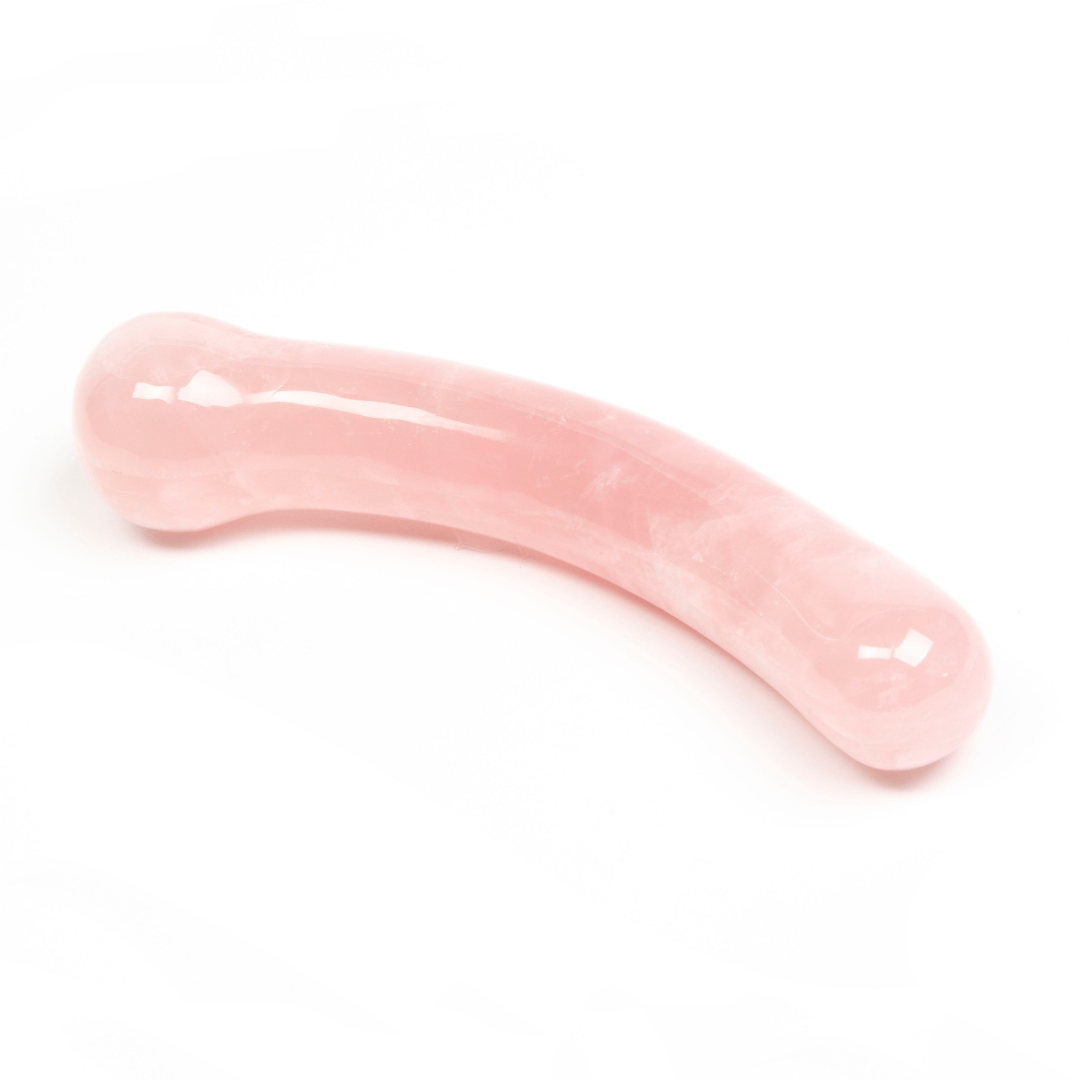

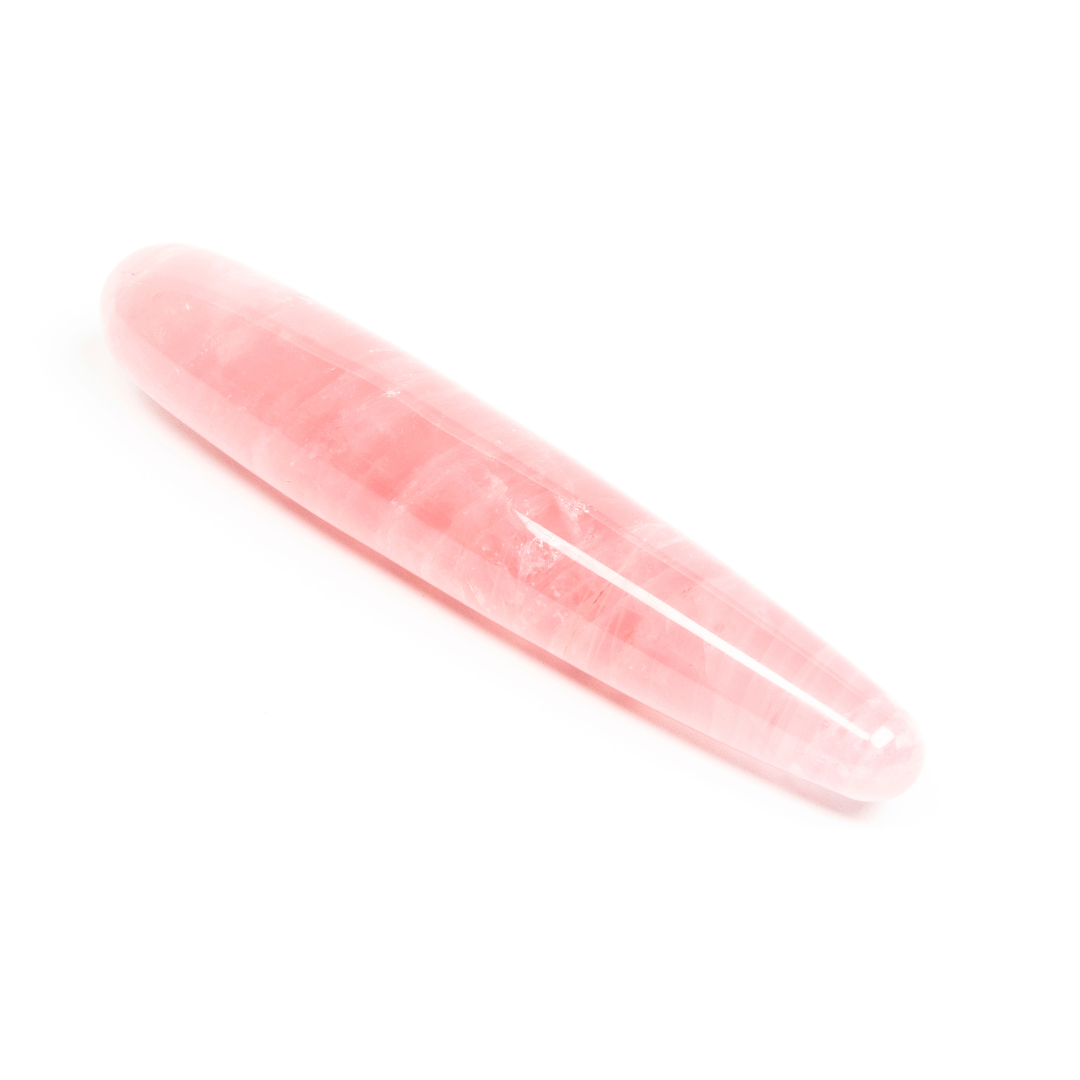
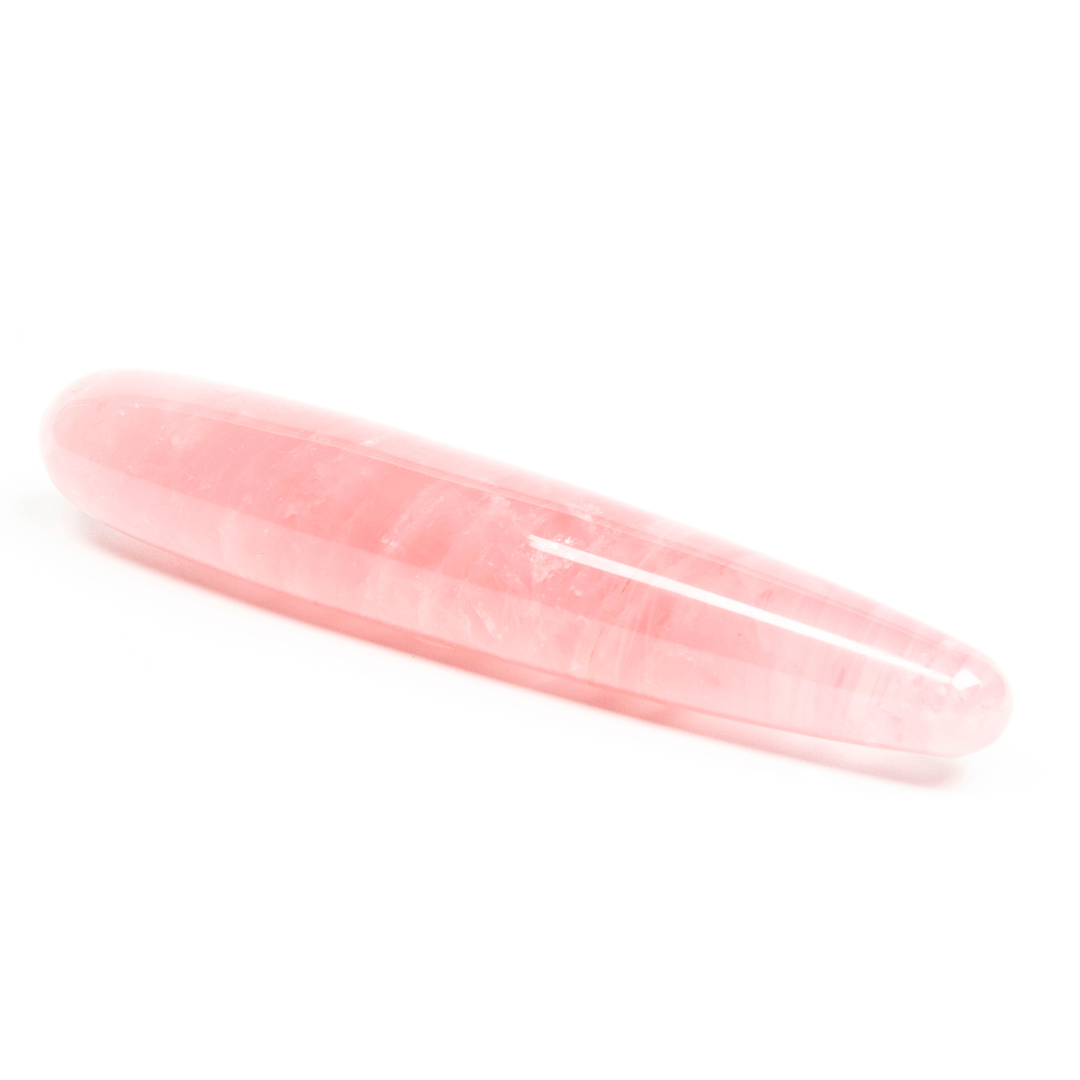
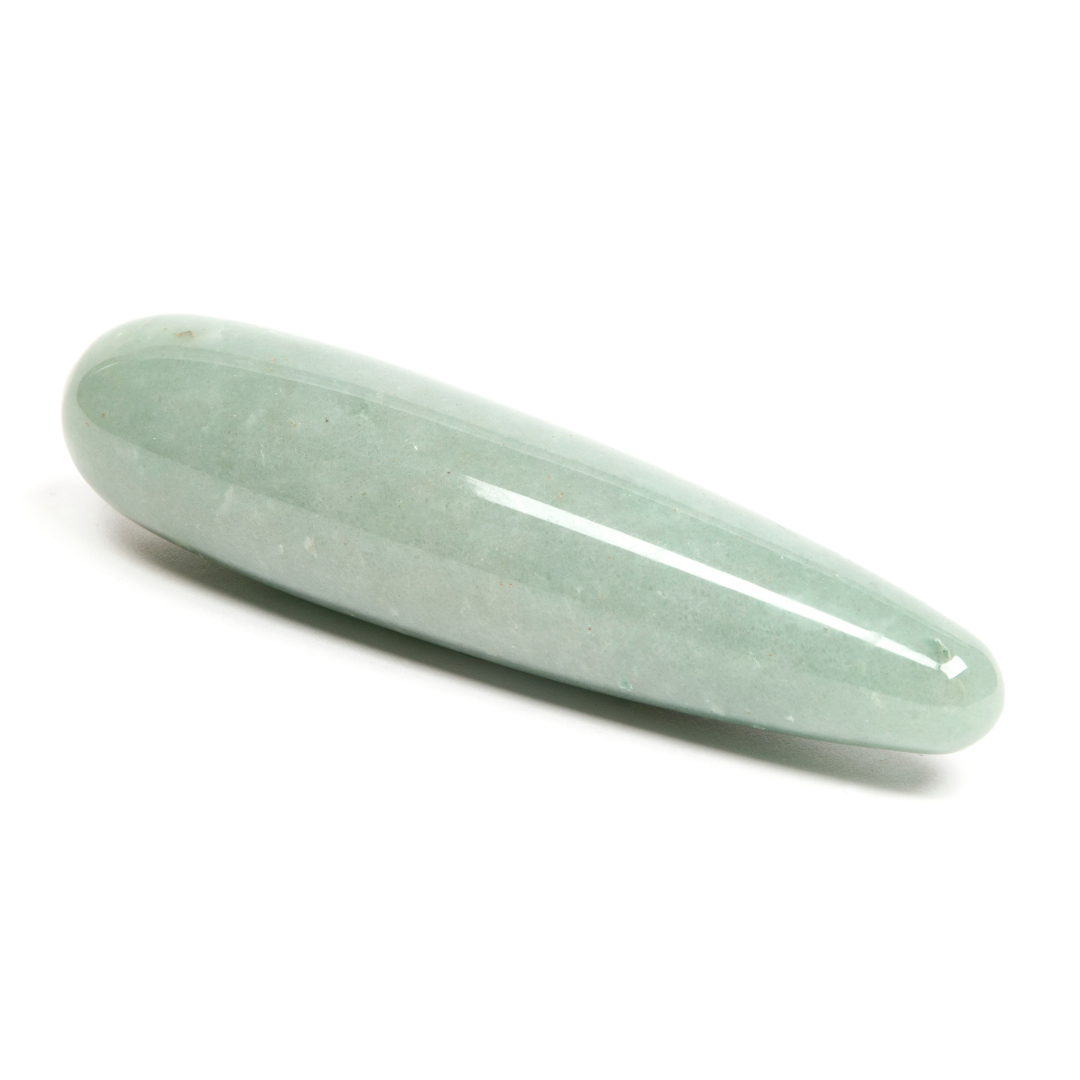

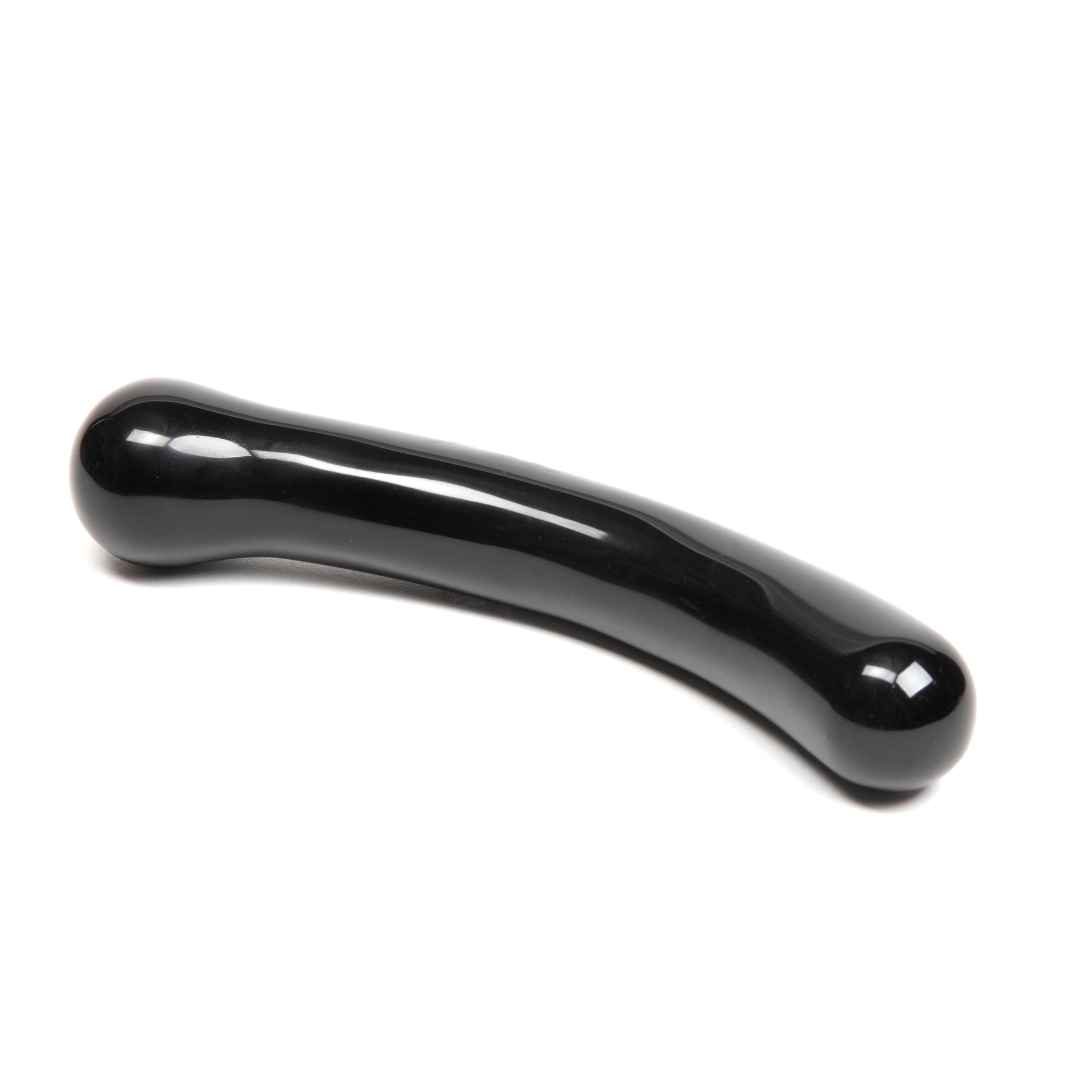
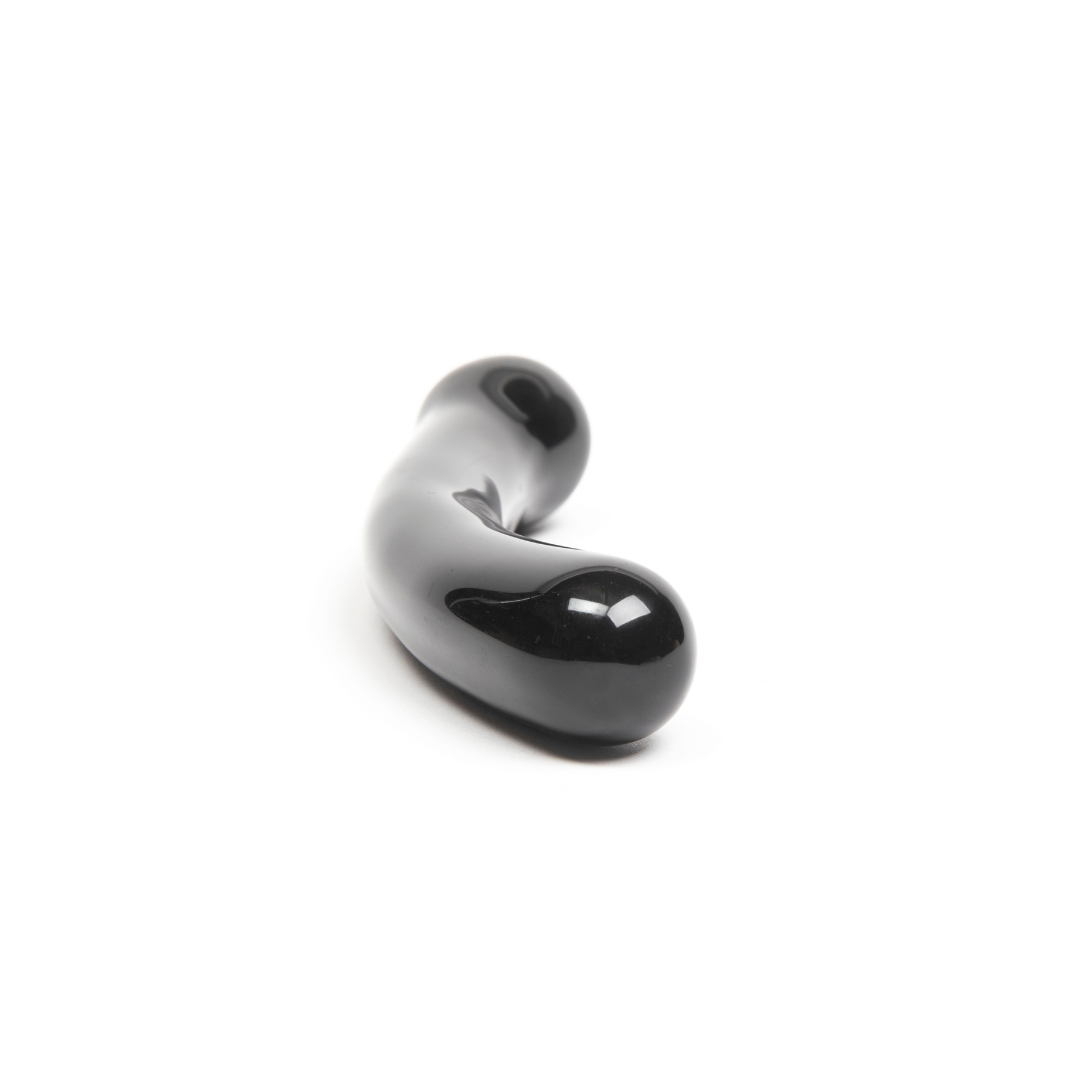
Leave a comment